
Ian Brennan is neither a Garter Knight nor a Knight of the Bath, but since 1989 he has played an important role in the installation of every new member of these distinguished orders.
[caption id="CarvingaPlaceinHistory_Feature" align="aligncenter" width="1024"]

COURTESY IAN BRENNAN UNLESS OTHERWISE NOTED
[caption id="CarvingaPlaceinHistory_img1" align="alignleft" width="220"]

COURTESY IAN BRENNAN UNLESS OTHERWISE NOTED
EVEN IN A LAND RENOWNED FOR HISTORIC PAGEANT, the annual Garter Service at Windsor Castle in June is notable for its pomp and spectacle. The Most Noble Order of the Garter is the oldest and highest order of British Chivalry, and thousands of onlookers gather to watch the new knights selected for distinction process in their robes and regalia from the castle’s Upper Ward to St. George’s Chapel for their installation ceremony. You wouldn’t recognize him, but Ian Brennan is there, too, invited each year by Buckingham Palace, for although he’s no knight, he plays a vital role in the Order’s ancient ceremony.
Since 1989, Brennan, 53, has been the sculptor to The Most Noble Order of the Garter and The Most Honourable Order of the Bath. As such, he fashions the huge lime wood crowns, coronets, and crests placed over the stalls of newly created knights, in St. George’s Chapel for Garter Knights and in Westminster Abbey’s Henry VII Chapel for Bath Knights. To date, he’s carved more than 60 and is immensely proud of his part in British tradition.
“In medieval times, an heraldic device on top of a knight’s helmet gave a means of recognition in battle,” he explains. “The crests I carve for St. George’s Chapel, the chapel of the Order of the Garter, sit on top of helmets above each knight’s stall, together with his banner and sword. These ‘achievements,’ as they’re called, stay there for the person’s lifetime, as do the crests above the stalls in Westminster Abbey. It’s a wonderful feeling to be involved in something that has been going on for centuries and to think that my predecessors would have carved for people like Lord Nelson, who was a Bath Knight, and Sir Winston Churchill, who was a Garter Knight.
[caption id="CarvingaPlaceinHistory_img2" align="aligncenter" width="163"]

COURTESY IAN BRENNAN UNLESS OTHERWISE NOTED
“EACH CREST IS UNIQUE,” HE CONTINUES. “People usually choJse designs that derive from their family history or professional background. Luckily for me, many incorporate wildlife, which is my speciality.” One of his most spectacular recent Garter commissions showed a phoenix rising amid flames from the Tower of London, for Field Marshal Lord Inge, the Tower’s former Constable. “You can imagine all sorts of meanings,” Brennan says, admitting that the phoenix motif also has particular resonance for him. His woodcarving career literally did rise phoenix-like from a fire that destroyed his cabinetmaking workshop in 1984.
“To be more exact, it was a dolphin which rose,” he laughs. “I was picking through the charred remains of the workshop and I noticed a piece of wood that resembled a dolphin. My wife, Suzanne, suggested I have a go at carving it, so I did, just to console myself.”
The endeavour unlocked his innate talent for wildlife sculpture, and soon he was making a new living as a woodcarver, self-taught and instinctive. Then, by chance, the Secretary of the Garter saw his work in a London exhibition and invited him to take over the prestigious role of the recently deceased sculptor to the Orders of the Garter and Bath. “It was Fate,”
[caption id="CarvingaPlaceinHistory_img3" align="aligncenter" width="795"]
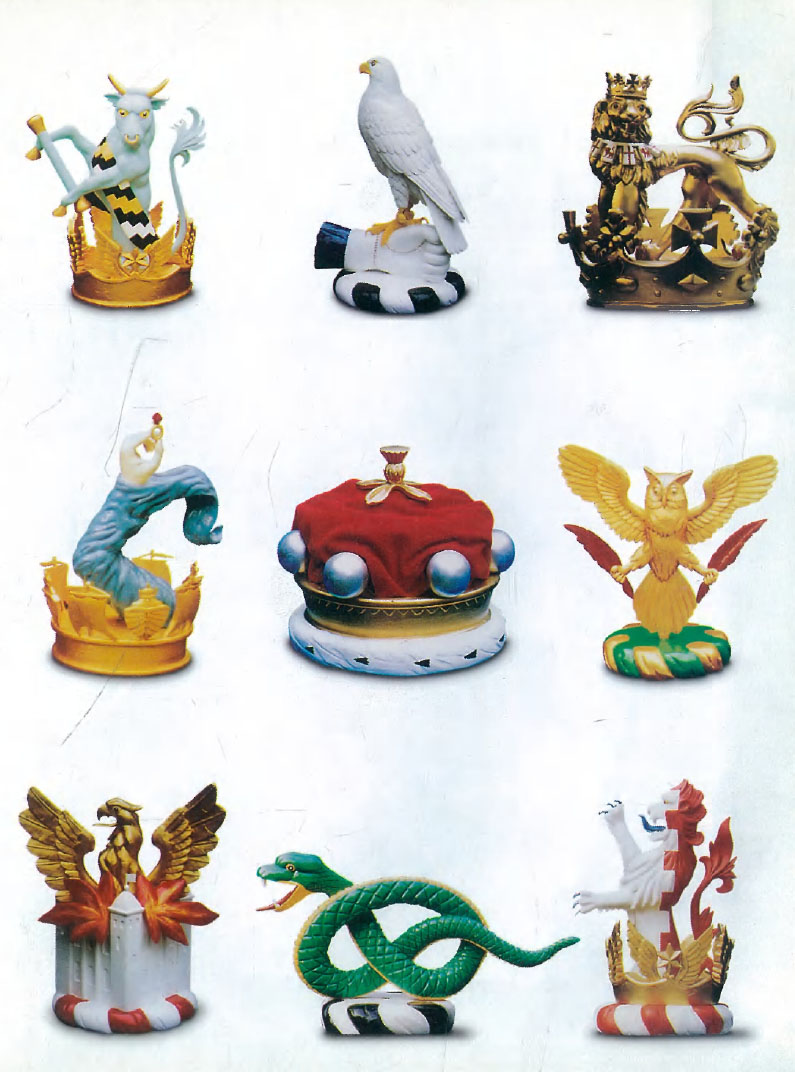
COURTESY IAN BRENNAN UNLESS OTHERWISE NOTED
[caption id="CarvingaPlaceinHistory_img4" align="aligncenter" width="438"]
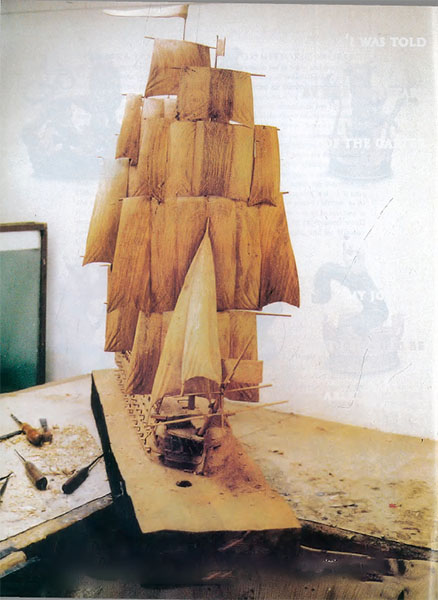
COURTESY IAN BRENNAN UNLESS OTHERWISE NOTED
‘ I WAS TOLD BY THE SECRETARY OF THE GARTER THAT THE MAIN CRITERION FOR MY JOB WAS THAT I SHOULD BE ABLE TO CARVE ANYTHING.’
[caption id="CarvingaPlaceinHistory_img5" align="aligncenter" width="853"]
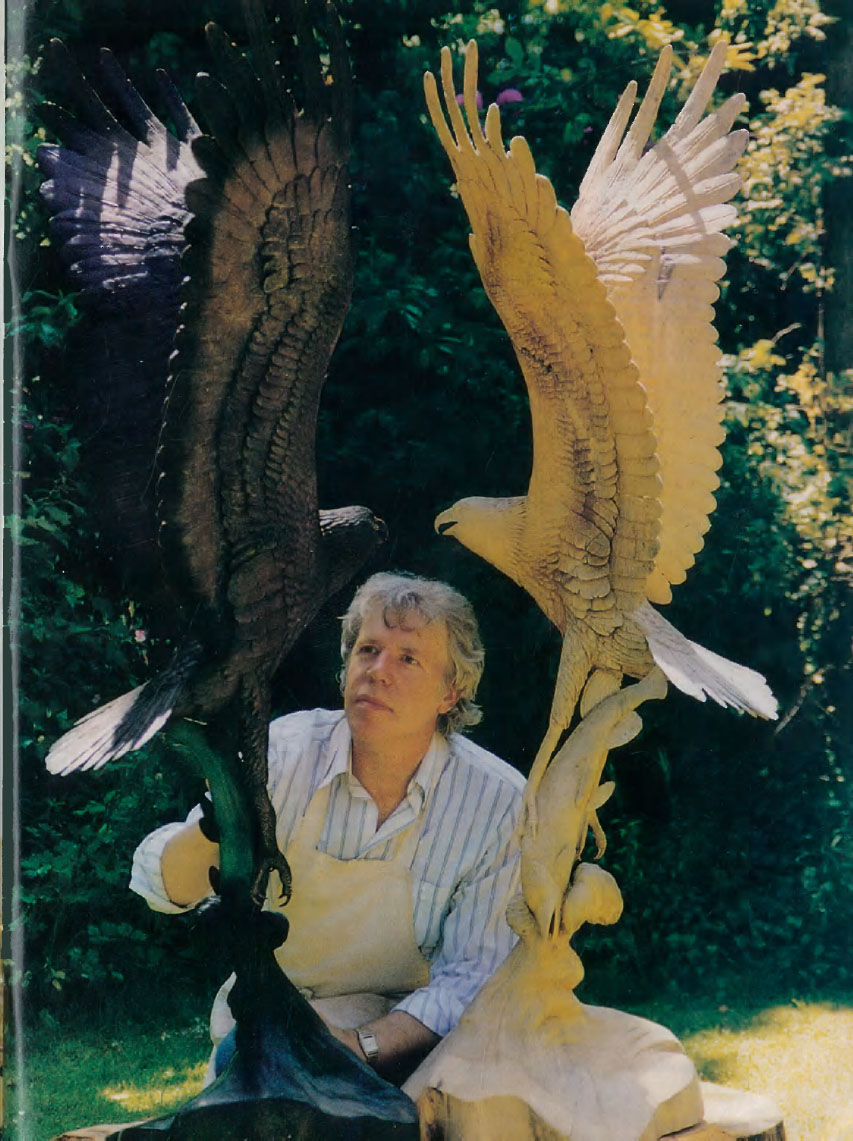
COURTESY IAN BRENNAN UNLESS OTHERWISE NOTED
JOURNEY NOTES
[caption id="CarvingaPlaceinHistory_img6" align="alignleft" width="131"]
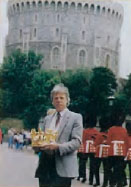
COURTESY IAN BRENNAN UNLESS OTHERWISE NOTED
[caption id="CarvingaPlaceinHistory_img7" align="aligncenter" width="140"]
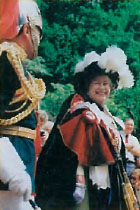
COURTESY IAN BRENNAN UNLESS OTHERWISE NOTED
[caption id="CarvingaPlaceinHistory_img8" align="aligncenter" width="270"]

COURTESY IAN BRENNAN UNLESS OTHERWISE NOTED
WESTMINSTER ABBEY
Hours • Mon-Fri: 9.30 am-4.45 pm (last admission 3.45); Wed: 6-7 pm; Sat: 9.30 am-2.45 pm (last admission 1.45 pm); Sun: worship only—no touring during services. Westminster Abbey Museum opens daily, 10.30 am-4 pm. The Abbey Cloisters open daily, 8 am-6 pm. During July and August, band concerts are held in College Garden every Thursday, 12.30-2 pm. Free entrance.
Admission • Adults £6; seniors, children 11-16 £4; families £12 (two adults and two children); children under I I free (maximum of two children per paying adult). Admission to the Abbey Museum is free with a ticket to the Abbey. Museum admission fee for visitors who do not hold an Abbey ticket is £ I. There is no charge for admission to the cloisters.
For further information, tel: 020 7654 4900.
ST. GEORGE’S CHAPEL, WINDSOR
Hours • Mar-Oct, daily 9.45 am-5.15 pm (last admission 4 pm), Nov-Feb, daily 9.45 am-4.15 pm (last admission 3 pm).
Admission • Entry to St. George’s chapel is included with the cost of admission to Windsor Castle. Adults £ 11.50; seniors £9.50; children £6; families £29 (two adults and two children).
For further information, tel: 020 7321 2233.
Brennan says modestly, adding, “I was told by the Secretary of the Garter that the main criterion for my job was that I should be able to carve anything.”
My browse around his garden studio in the village of Warsash, Hampshire, suggests that adaptability is indeed one of his strengths. Woodcarvings of playing otters and a bald eagle destined for North America bear testament to his primary passion for realistic wildlife sculpture. There’s also a relief carving for the local church and sporting trophies. But his ongoing labour of love is a model of HMS Victory, painstakingly carved from a genuine HMS Victory oak timber given to him after he replaced scrollwork on Nelson’s flagship. He spends two-thirds of the year on private commissions and the rest on his chivalric work.
New Garter Knights are announced by Buckingham Palace on 23rd April, the day of the Order’s patron, St. George. A phone call also goes out to Brennan to tell him the designs for the latest crests are on their way. These must be ready for installation at Windsor the following year. Sometimes there may be a handful to carve, sometimes eight or nine.
As he works in his studio, far from the razzmatazz of royal pageantry, he talks fervently to me about the history of The Most Noble Order of the Garter. “It was founded in 1348 by King Edward III and reconstituted in 1805 and 1831. It’s restricted to the Queen, who’s Sovereign of the Order, members of the Royal Family, 24 Knights or Ladies Companion, and certain foreign royalties.
“Everyone asks where the Order’s blue garter symbol came from. According to legend, the Countess of Salisbury dropped her garter at a court ball and King Edward, noticing her embarrassment, chivalrously picked it up and bound it around his own knee, declaring: ‘Honi soit qui mal y pense,’ which means ’Shamed be he who thinks evil of it’ and is the Order’s motto. More realistic is the idea that the garter derived from a strap used in armour and symbolised the binding together of members in a brotherhood. The motto probably refers to the hot topic of the time, Edward’s claim to the French throne.”
Garter crest designs are presented to Brennan as watercolour sketches. “In addition to being unique, they must obey certain rules governed by an individual’s status. Sovereigns, for instance, have crowns; a baroness like Margaret Thatcher has a coronet; others have crests.” It takes about a fortnight to carve each one from a single block of lime (linden) wood, the traditional wood used by centuries of craftsmen before him.
“I’ve 400 chisels, many of them specially made to suit my needs,” he says, gesturing towards his impressive rack of tools on the wall. “I’ll use up to 20 different chisels for a crest, as well as scalpels for fine detail. The finished carvings can be 20 inches tall, so that they can be clearly seen above the knights’ stalls.” He finishes each with several coats of enamel paint and gilding, explaining “Colours in heraldry are a form of recognition just as much as the design itself.”
Garter Knights come from many walks of life, and the achievements for which they are being recognized vary considerably. One of Brennan’s favourite crests over the years was for Sir Edmund Hillary, conqueror of Mount Everest. “It was a blue kiwi, the symbol of his native New Zealand, holding an ice-axe. He sent me photographs of the exact ice-axe he wanted me to carve! For Lord Kingsdown [former Governor of the Bank of England] I carved a dragon’s head with an arrow piercing its neck. It sounds macabre but it’s really impressive. Princess Anne, the first royal princess to be so honoured since the Middle Ages, had a coronet with fleur de lys and cross, while Baroness Thatcher had a coronet with four silver balls around it and a red velvet cap inside.”
[caption id="CarvingaPlaceinHistory_img9" align="aligncenter" width="208"]

COURTESY IAN BRENNAN UNLESS OTHERWISE NOTED
BRENNAN’S CARVINGS for the Order of the Bath have been equally eye-catching. The Order is the premier meritorious Order of the Crown and is principally awarded to serving officers of the Armed Forces as well as to a limited number of civilian servants of the Crown who aren’t members of the Foreign Service. In 2002 new crests ranged from a blue and white boar with gold tusks for Sir James Eberle to an arm holding an exploding bomb for Sir David Evans. An owl in flight clasping two quill feathers, carved for Sir Frank Cooper, is a favourite from previous years.
The Most Honourable Order of the Bath derives its name from the ritual bathing new knights in medieval times undertook as a symbol of purification before receiving their accolades, a ceremony that can be traced back at least to the 1399 coronation of Henry IV. The ritual was last enacted in the ancient manner at the coronation of Charles II in 1661, and King George I established the Order by letters patent under the Great Seal dated 18th May 1725.
“Nowadays, the Bath Service at Westminster Abbey takes place once every five years because there are just 34 stalls available in the Henry VII Chapel,” Brennan says. “There are Knights Commander and Knights Companion, but only the most senior of the 115 Knights Grand Cross can be accommodated, and the wait between appointment and installation, following the death of a member, can take many years.
“Foreign nationals can be made honorary members of the Order, but they don’t have crests carved,” he adds. “Ronald Reagan, George Bush Senior, Steven Spielberg, Colin Powell, Norman Schwarzkopf, and former Mayor of New York Rudolph Giuliani have all been honoured in this way.”
Before I leave, I ask Brennan what crest he would carve for himself if knighted? “It will never happen,” he laughs. “But I would probably have a golden eagle because I love the majestic, proud way they glide. Seeing my work in Westminster Abbey and St. George’s Chapel is really reward enough.”





Comments